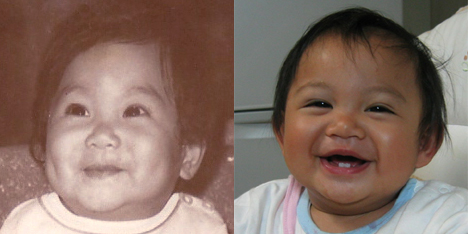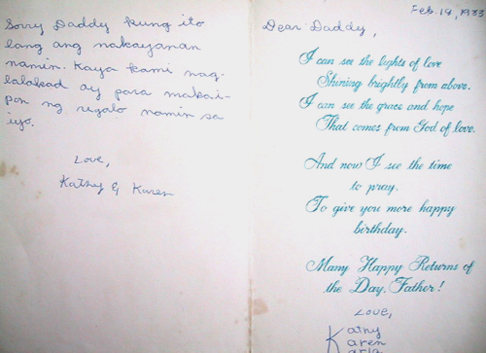Golden Week, at least for those who love going out of town, is a rare opportunity in Japan to travel, either within the country or abroad, with a full week’s long vacation at disposal. When we were “young and full of hope,” (as Dr. Manlapaz used to say), we used to travel during GW, reaching farflung places such as Amanohashidate and Miyajima in Hiroshima. But that was before, when we could just pack our things into one tote bag and just go at the spur of the moment. Since Aya was born, our GW holidays are spent mostly at home, or going to nearby places. Children change everything, don’t they? 🙂

This year we didn’t go anywhere at all, except to Mt. Tsukuba, which is practically within the neighborhood. But to our surprise, even the trip to Mt. Tsukuba took all of two hours going to the top, as there were actually many cars going up the mountain, all moving at a snail’s pace! We took the cable car (of course), and waiting for the next car to arrive took only five minutes or so. We were surprised, though, when we got to the top – there was a long queue of people waiting to get on the cable car going down. It was probably the crowdest time on Mt. Tsukuba that I ever saw, among the times that I went up there. It took us 30 minutes of waiting on that line before we got on the next “kudari” car!
Years ago, GW was a perfect opportunity to catch up on some reading, to do some extra work on research and the like. But that was before, when time was something we can dispose of at our own leisure. I brought home some materials I had hoped to work on during the holidays – but no dice. I have two papers, a patent proposal, and a book chapter to write, on top of that two conferences in July (one in Singapore and one in Kyoto). If I had my way, I would be working full time on those holidays so I could get some tasks finished. Well, as it turned out, I was delusional to think that I would ever get some work done during GW.
We bought Aya a Pooh Bear cake on Kodomo no hi (Children’s Day, May 5), and just to perk up things also poked three candles into it for Aya to blow. Her birthday isn’t until next month, but what does it matter. She was all smiles. She would probably remember it for all the GWs to come.
It’s frozen week at work, but GW resonates true to its name when spent with the family. That’s time well spent. 🙂



 Three months later, he was gone, just like he told us.
Three months later, he was gone, just like he told us.

 How lovely it is to be a child again – with no other concerns in the world, molding things just because you want to, not because you have to.
How lovely it is to be a child again – with no other concerns in the world, molding things just because you want to, not because you have to. 